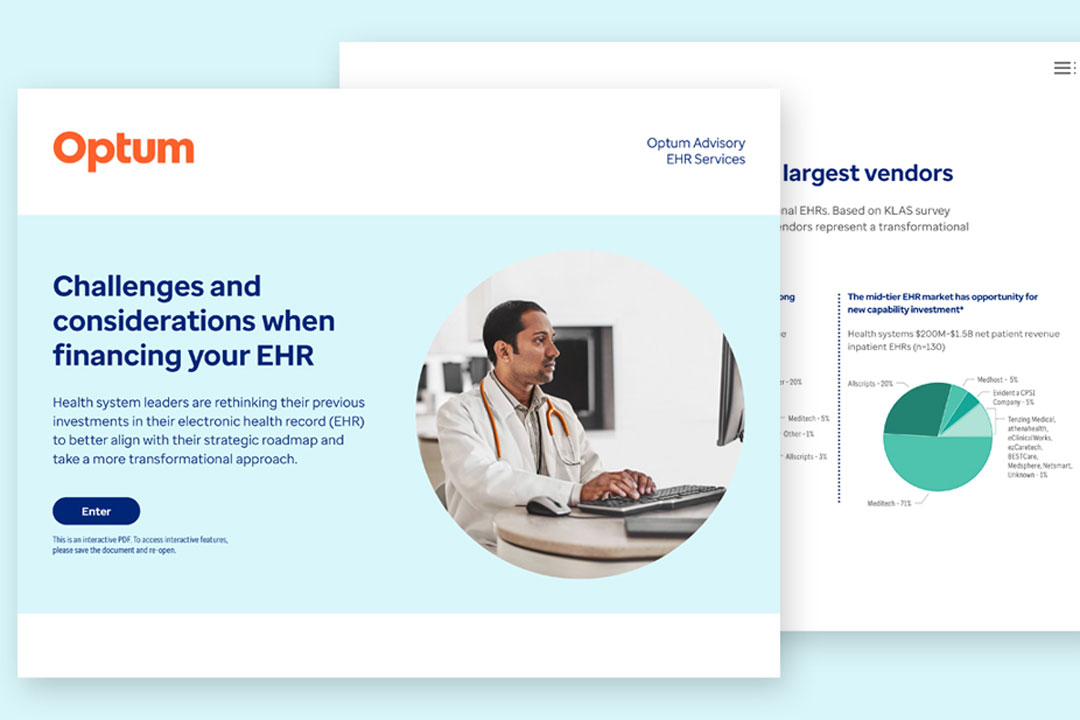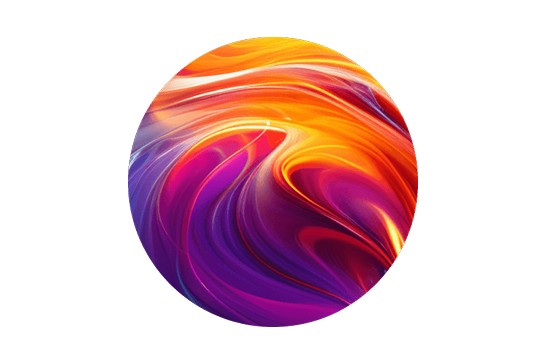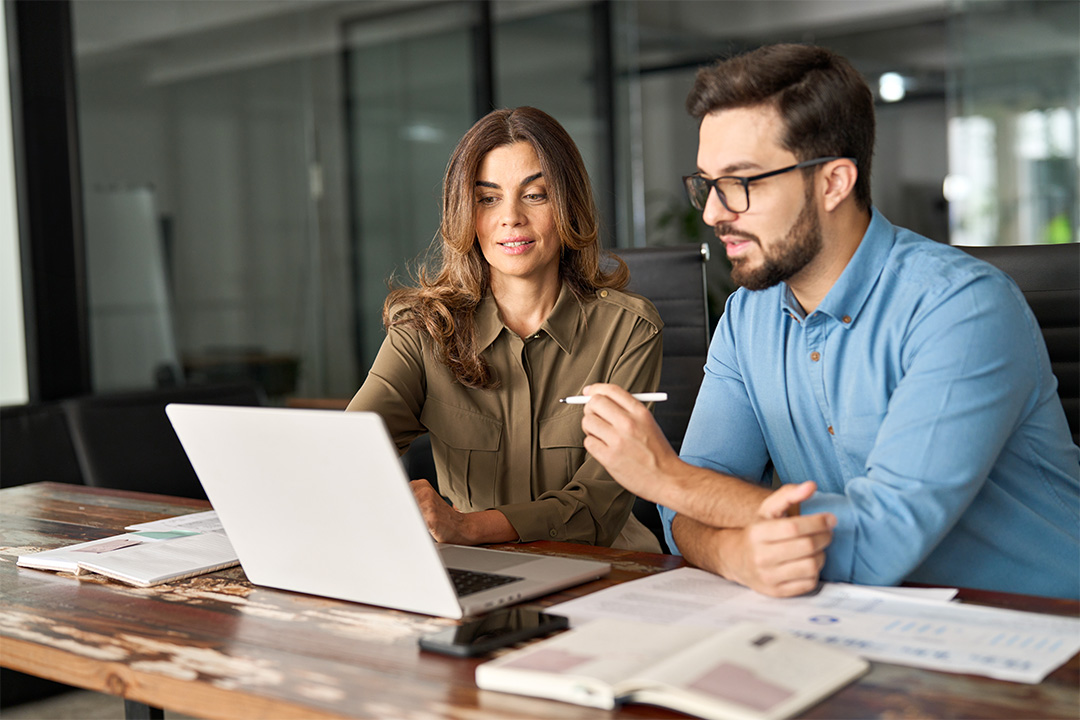Reduce costs and improve efficiency and member experiences
Enabling growth with scalability is a key priority for all healthcare leaders. Organizations need to drive efficiency while reducing costs and improving member experiences.
The Optum Technology Consulting team has the experience and expertise to help you meet today’s challenges. We can help with key areas such as:
- Streamline your EHR workflows to drive clinical efficiency
- Improve clinical effectiveness and efficiency across payers and providers
- Increase efficiency through modernization, automation and cloud optimization
- Improve outcomes through technology, economics, expertise and operations
Technology consulting can also help with:
- Care virtualization and digitalization
- Bringing intelligence to clinical decision support
- Right-sizing cloud usage for the long-term
- Improving accuracy and efficiency through intelligent automation
- Optimizing benefit configuration and core admin platform
- Infrastructure, platform and application services
- Security services
- IT enterprise management
E-book
Challenges and considerations when financing your EHR
Discover key themes and insights that can guide your organization toward a successful EHR transformation. Learn more about investments and financing considerations, managing costs, understanding the clinical and financial value of EHR systems and how our team of experts can help.

Video
Accelerate digital transformation to achieve your goals
Optum offers the technology, collaboration and expertise needed to improve efficiency, increase speed to market, reduce staffing pressure and optimize cloud and security. We’ll help your organization get back to its most important mission: providing great health care.
On-demand webinar
IT transformation stories from health leaders
John Muir Health and Bassett Health Network share their experiences with IT modernization.

Available on the Optum AI Marketplace
Modernize health IT with expert advisory services
Guidance for health organizations to help modernize technology infrastructure. Services include EHR optimization, data integration and cloud migration, with a focus on governance, security and compliance. Designed to align technology decisions with operational goals.
Related healthcare insights

Video
Stay current on core claims systems releases See how upgrade as a service from Optum helps health plans stay up-to-date on admin and core claims platform releases.

Case study
Learn how a mid-size regional health plan partnered with Optum for a comprehensive HEDIS data audit and remediation.
![System Modernization for Health Plans [E-book]](/content/dam/o4-dam/images/professionals/health-plans/system-modernization-ebook-1080x720.jpg)
E-book
Learn how technology and infrastructure investments enable growth and help with evolving regulatory requirements and increasing competition.


